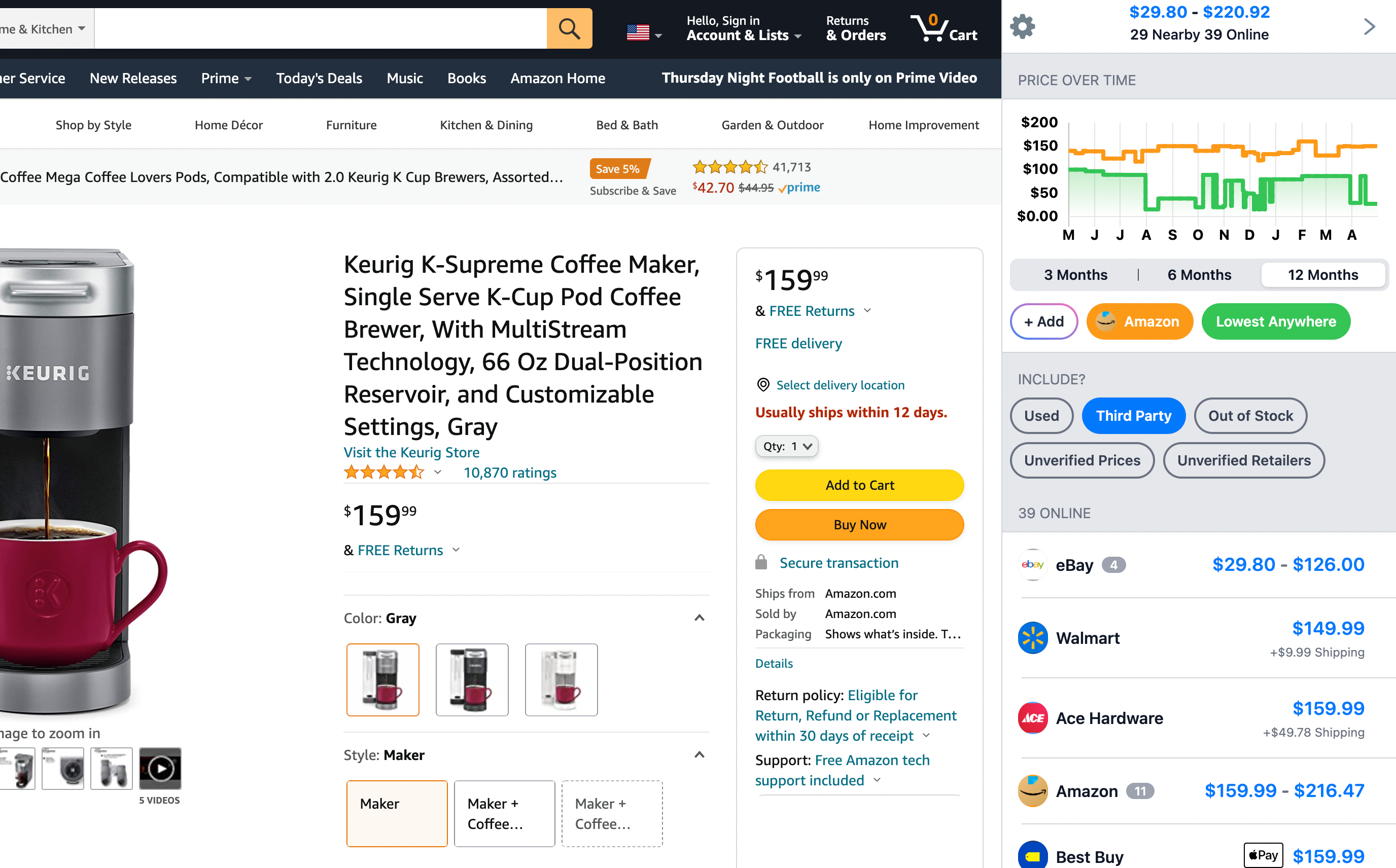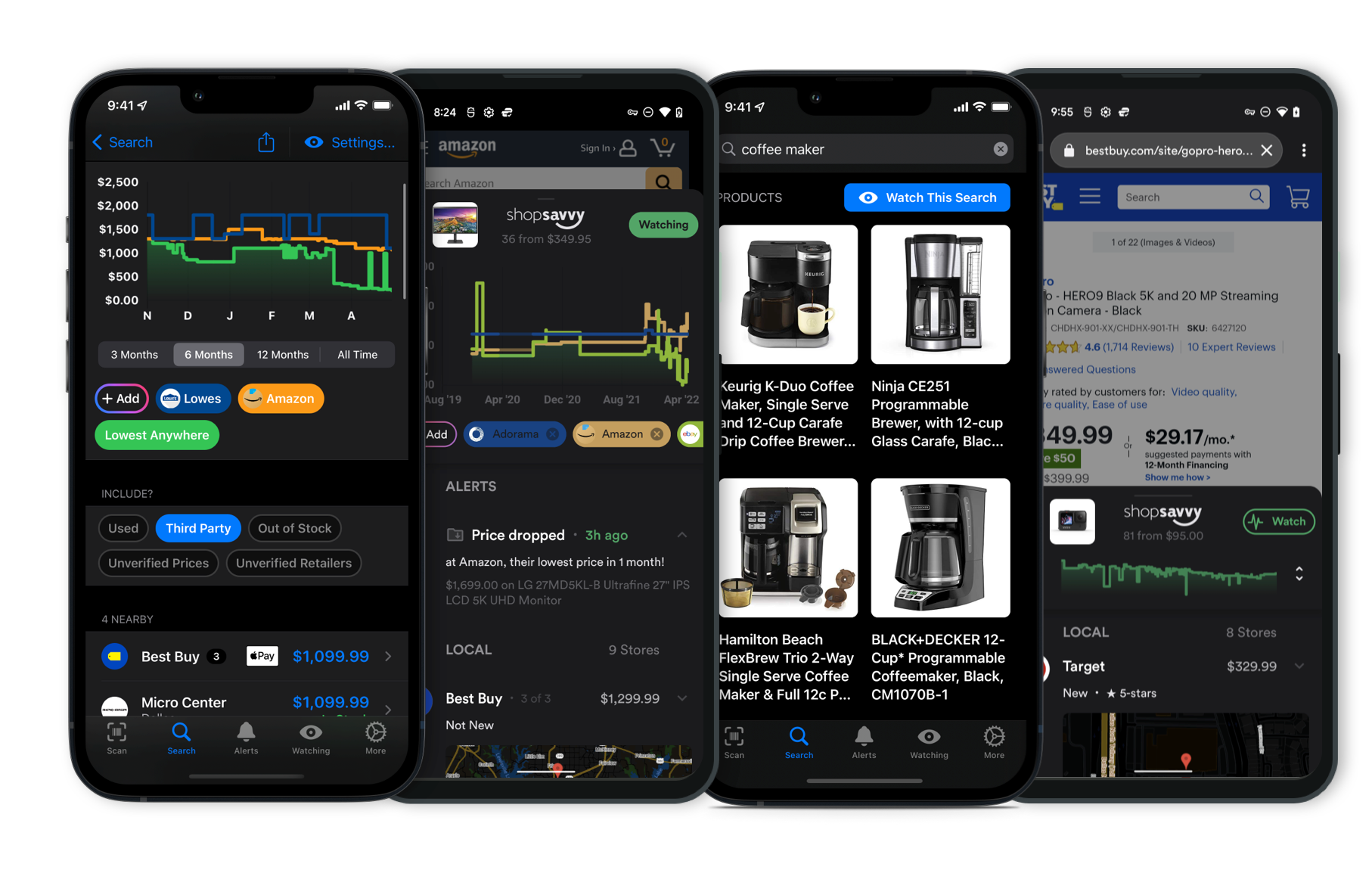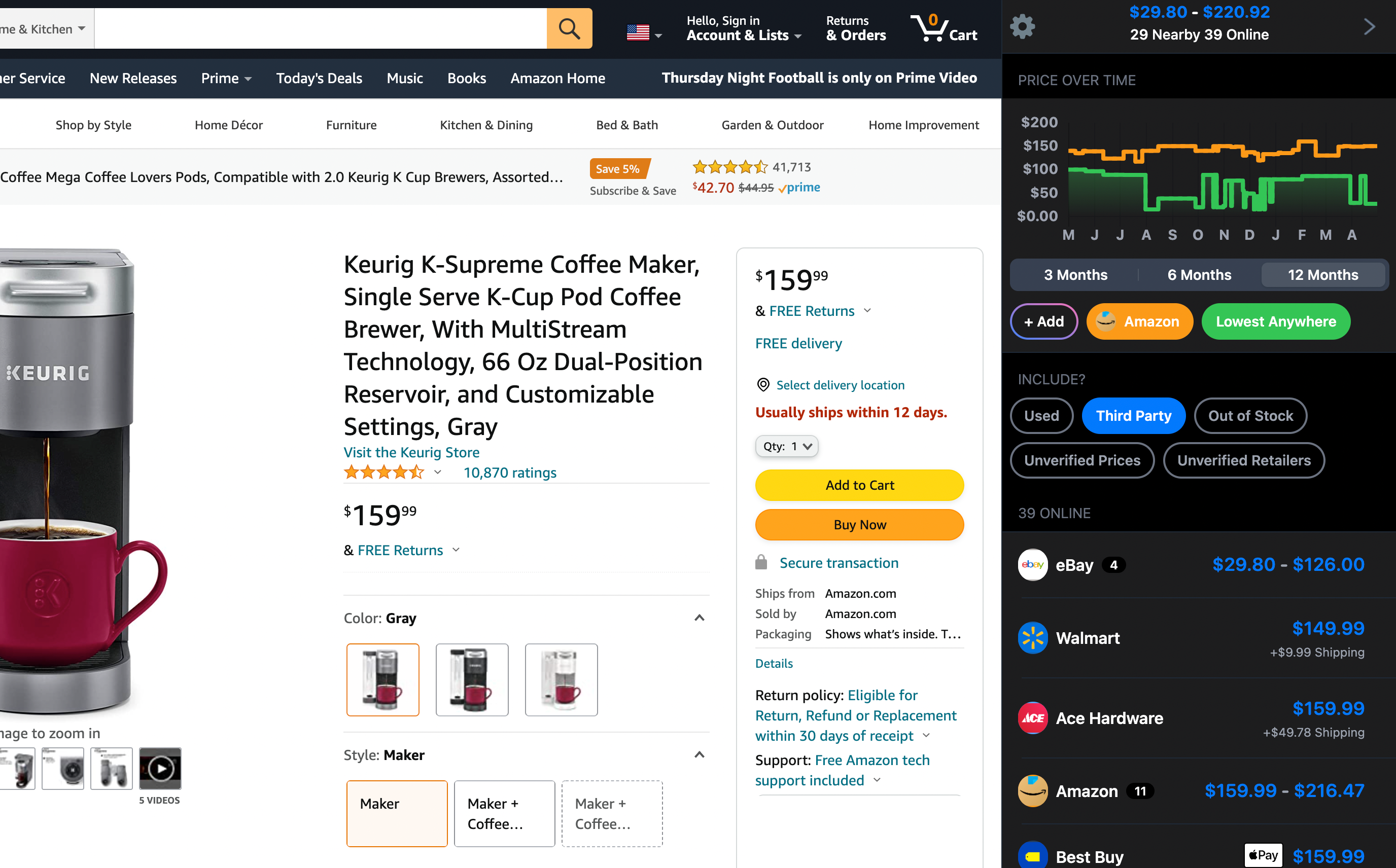
When you're deciding between the Spyder X2 Ultra and the Spyder X2 Elite, a few differences could help guide your choice.
The Datacolor Spyder X2 Ultra is particularly geared towards handling high brightness levels, up to 2000 nits. This is pretty handy if you're working with HDR or super bright monitors. It's built for folks in photography, video editing, and digital design who need top-notch color accuracy.
According to our research, it has a cool lens-based sensor that helps it work well with shiny new monitors, offering a better color and brightness range when calibrating. Plus, it's got some advanced features like Video & Cinema Targets, and users find the interface pretty easy to get the hang of.
But there are a couple of things to watch out for. Some people have had trouble with the auto-calibration feature if the room lighting changes a lot. There's also a bit of talk about software quirks when HDR is on.
Still, once you get it setup correctly, it seems to do a great job with accuracy, according to our research. Just make sure your display settings match up with what the Spyder needs, and follow the manual's instructions closely.
Now, the Spyder X2 Elite is slightly different. It doesn't handle super high brightness like the Ultra, but it's still solid for general calibration tasks. It's great for a wide range of displays, focusing more on everyday use.
So, if you find yourself working with HDR or very bright displays, the Ultra might be the way to go. But if you're looking for something more versatile for different kinds of screens, the Elite should work just fine.
Think about what you really need to decide which one suits you best.
Where to Buy
Considering the datacolor Spyder X2 Ultra?
Here's our "TLDR" Review
 Download ShopSavvy App
Download ShopSavvy AppCompare prices for anything in real-time, set price alerts, watch for deals by keyword, and much more
 Install ShopSavvy Browser Extension
Install ShopSavvy Browser ExtensionCompare and track prices automatically while you shop online at thousands of websites.
More Answers
If you're still curious about the datacolor Spyder X2 Ultra, here are some other answers you might find interesting:
When you're deciding between the Spyder X2 Ultra and the Spyder X2 Elite, a few differences could help guide your choice.
The Datacolor Spyder X2 Ultra is particularly geared towards handling high brightness levels, up to 2000 nits. This is pretty handy if you're working with HDR or super bright monitors. It's built for folks in photography, video editing, and digital design who need top-notch color accuracy.
According to our research, it has a cool lens-based sensor that helps it work well with shiny new monitors, offering a better color and brightness range when calibrating. Plus, it's got some advanced features like Video & Cinema Targets, and users find the interface pretty easy to get the hang of.
But there are a couple of things to watch out for. Some people have had trouble with the auto-calibration feature if the room lighting changes a lot. There's also a bit of talk about software quirks when HDR is on.
Still, once you get it setup correctly, it seems to do a great job with accuracy, according to our research. Just make sure your display settings match up with what the Spyder needs, and follow the manual's instructions closely.
Now, the Spyder X2 Elite is slightly different. It doesn't handle super high brightness like the Ultra, but it's still solid for general calibration tasks. It's great for a wide range of displays, focusing more on everyday use.
So, if you find yourself working with HDR or very bright displays, the Ultra might be the way to go. But if you're looking for something more versatile for different kinds of screens, the Elite should work just fine.
Think about what you really need to decide which one suits you best.
Yep, the Spyder X2 Ultra should work with your MacBook Pro M2 2023, but there are a few things to keep in mind.
The manufacturer claims it can handle high-brightness HDR monitors, even those with brightness levels up to 2000 nits, which is great for creative folks working with HDR content.
According to our research, the Spyder X2 Ultra is equipped with advanced sensor tech and offers software features like customizable calibration settings and targets like Rec. 709 and Rec. 2020. So, it's designed for all sorts of high-brightness and HDR tasks.
That said, some issues came up in our findings. A few have reported software crashes or compatibility hiccups when using it with the latest MacBooks, specifically the M2 models. It seems the software might not be perfectly optimized yet, especially if you're tinkering beyond the default settings.
Despite these potential bumps in the road, people still find it extremely useful for boosting monitor brightness and color accuracy. When it works smoothly, it helps maintain consistency across projects, which is always a bonus.
In short, the Spyder X2 Ultra should suit both your HDR display needs and your MacBook Pro M2 2023.
Just keep an eye on Datacolor's software updates—those could iron out any existing issues.
And before you commit, maybe reach out to Datacolor support or check forums for any recent news on compatibility fixes for the M2 models.
The Datacolor Spyder X2 Ultra is generally pretty good at calibrating HDR monitors, especially since it's made to handle high-brightness screens. It really shines when working with displays up to 2000 nits, so it's a solid pick if you're into HDR work, according to the manufacturer's description.
When we looked into it, there were some mixed experiences. Most people find it does a great job with color calibration on a range of screens, but it's not perfect on all fronts. If you're using a MacBook Pro, for instance, be aware that some folks have hit snags.
There have been reports of software issues like crashes or problems with display profiles that could mess up your monitor's settings. It seems these problems pop up more when people try to fiddle with custom settings rather than sticking to the defaults, perhaps pointing to some instability there.
If you're planning to use it with a MacBook Pro, you might want to play it safe. Make sure your software is up to date and maybe stick to the default settings to avoid headaches.
Even though the Spyder X2 Ultra is precise and flexible, it might not be as straightforward to use as some would hope, especially if you're expecting a plug-and-play deal.
Overall, if it works well, it's highly accurate and a great tool for those who work with HDR displays and want top-notch color accuracy. Just keep an eye out for compatibility issues, especially with MacBook Pros, to get the most out of it.
Explore Content
Footer 1
Published
Subscribe for Updates
Get the latest news, and updates on ShopSavvy. You'll be glad you did!







